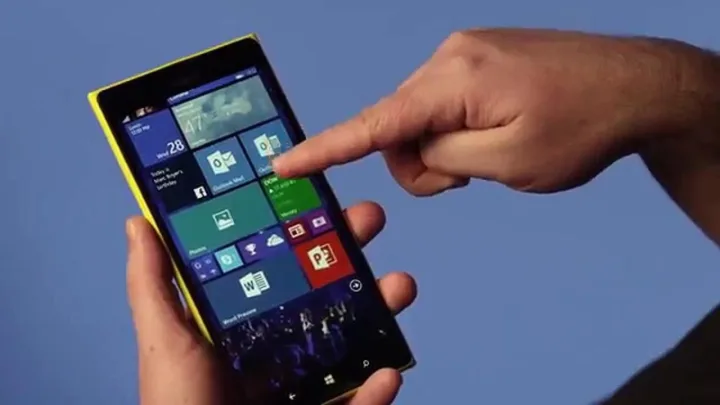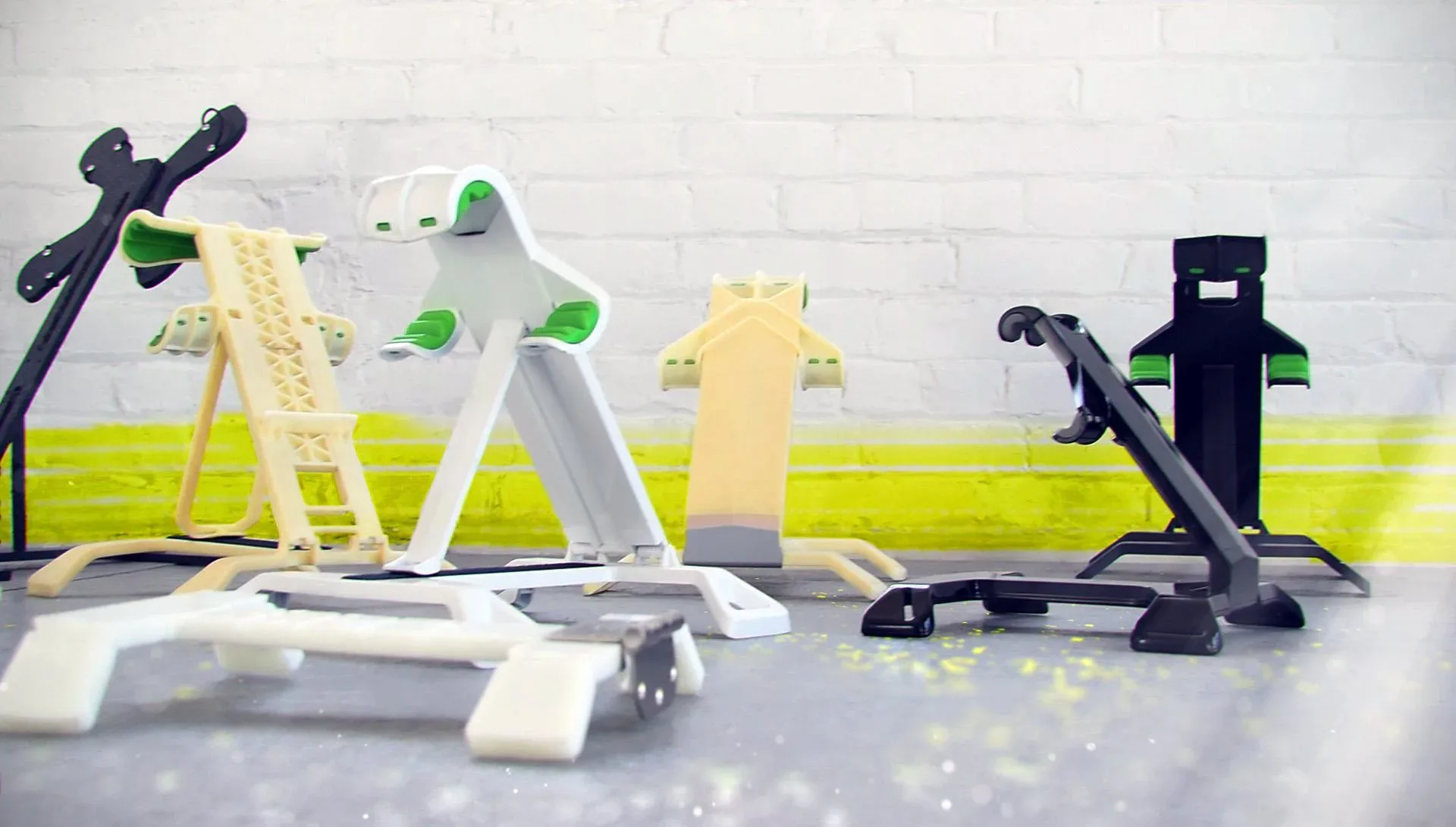Mobile devices like cell phones and smartphones allow users to communicate, but they have significant differences. A cell phone is mainly for communication, while a smartphone offers advanced features beyond calling. In this article, we’ll explore the distinctions between these devices, including their functionalities, applications, and future prospects. Join us as we delve into the world of mobile devices and understand how smartphones have become essential in our daily lives.
Table of Contents
How is a SmartPhone Different Than a Cell Phone
Whether you are employed or own a business, you must carry out routine tasks associated with your business or work. If you think about any daily grind, noting down memos, jotting down important pieces of information, adding names in your address book, or maintaining essential telephone numbers, an electronic device can help you do that. The list of such daily tasks can be significant, and keeping several electronic devices on your person is impossible. You don’t have enough pockets to support all the devices.
On the other hand, having a standard device that can cater to your daily activities and help you make calls, take pictures, capture videos, play music, and even browse the net would solve many of your problems. A smartphone is such a device.
A smartphone is a specialized device that can cater to your communication and computational needs in a single, comparatively small device.
Currently, several types and makes of smartphones are available in the market. Almost every model has some unique feature to offer. It is worth knowing exactly how this phone differs from a traditional cell phone.
There exist significant differences between cell phones and smartphones, despite both serving as electronic devices for communication via calls and messages. While cell phones solely function as communication tools, smartphones offer advanced features and capabilities that go beyond basic calling.
Smartphones Are Much More Than Just Communication Devices
Smartphones have evolved to become an essential part of our daily lives. They offer a wide range of features and capabilities that make our lives more convenient and enjoyable. Let’s take a closer look at some of these features:
- Multimedia Experience: Smartphones allow you to enjoy various multimedia content on the go. You can listen to your favorite songs, watch movies and videos, and view photos with just a few taps on the screen. Whether on a long commute or waiting for a friend, a smartphone can keep you entertained.
- Productivity Tools: Smartphones come equipped with various productivity apps to help you stay organized and efficient. You can manage your calendar, set reminders, create to-do lists, and even access cloud storage to keep your essential files and documents at your fingertips.
- Internet Connectivity: With a smartphone, you can access the internet anywhere. You can browse the web, check emails, stay connected on social media, and stream live videos. This connectivity opens up a world of information and possibilities.
- Advanced Camera Capabilities: Smartphones today are equipped with high-quality cameras that rival dedicated digital cameras. You can capture stunning photos and videos from your phone, edit them on the spot, and instantly share them with friends and family.
- App Ecosystem: One of the most significant advantages of smartphones is the availability of a vast app ecosystem. You can easily download and install apps from app stores, catering to every need and interest. There’s an app for everything, from games and entertainment to productivity and health.
- Mobile Payments: Smartphones have made it incredibly convenient to make payments on the go. With digital wallet apps, you can easily pay for your purchases, transfer money to friends, and even split bills—no more digging through your wallet for cash or cards.
- Navigation and GPS: Smartphones have become indispensable tools for navigation and getting around. With GPS capabilities, you can easily find your way, get real-time traffic updates,
The differentiating features
Unlike traditional cell phones, these phones have numerous features that can’t be incorporated into old-fashioned cell phones. The older versions are just not technically advanced to handle the features.
Cell phones have a few built-in applications which can’t be updated or changed as per wish. Moreover, the features can’t be configured to work in the manner you desire. That’s not the case with smartphones.
You can download and delete new applications when you no longer need them. You can set up digital diaries and download the data to the PC or laptop for storage purposes. On a standard phone, this is not possible.
Advanced facilities
Since smartphones can be considered as a combination of standard phones and PDAs, they offer several unique features such as:
- Send as well as receive mobile phone calls using hands-free features. Many smartphones are Wi-Fi compatible.
- Help in carrying out routine activities as those offered by PDAs.
- It can be linked up or interfaced with laptops and computers.
- Data synchronization can be set up with software such as Apple’s iCal calendar and Microsoft Outlook.
- Send and receive e-mails.
- Use instant messaging features.
- Download and play video games.
- Use simple word processors.
- Play audio and video files.
The future of these phones seems secure unless technology advances and provides superior capabilities and facilities than current smartphones.
There’s no denying that smartphones have revolutionized the way we live our lives. With their advanced features and capabilities, they have become indispensable tools in this digital era. Compared to traditional cell phones, smartphones offer a plethora of benefits such as the ability to download and personalize applications, synchronize data with other devices, send and receive emails, use instant messaging, play video games, and access diverse multimedia content. By switching to a smartphone, you can simplify your activities, stay connected, and enhance your mobile experience. Embracing this technology can unlock new possibilities and boost productivity in both personal and professional domains. If you haven’t already, it’s high time to consider moving to a smartphone to unleash the full potential of mobile communication.



![The Best Streaming Service [year] (Guide) 3 The Best Streaming Service 2025 (Guide)](https://techengage.com/wp-content/uploads/2018/11/streaming-services-jpg-webp.webp)

I love how smartphones can do so many different things in one device!